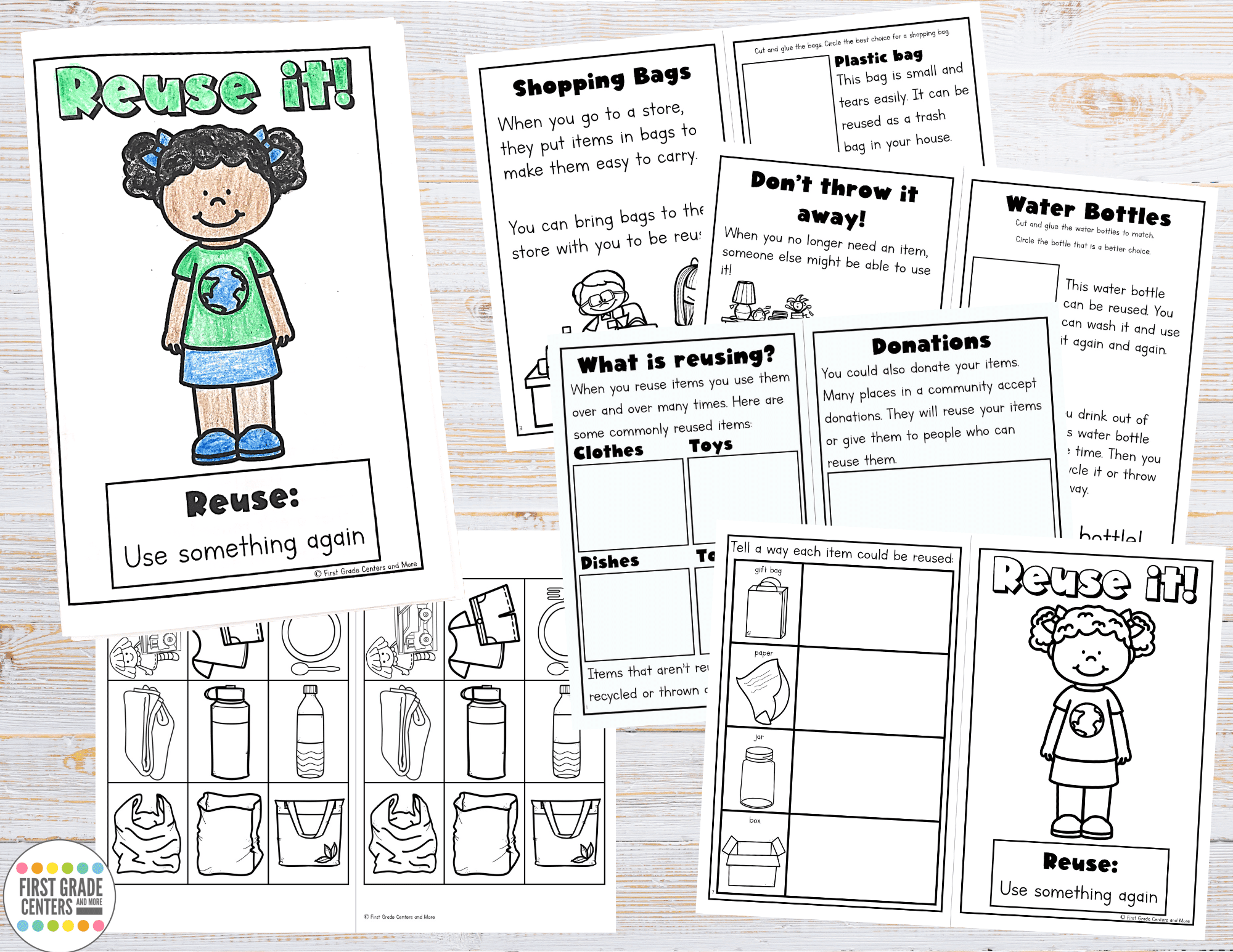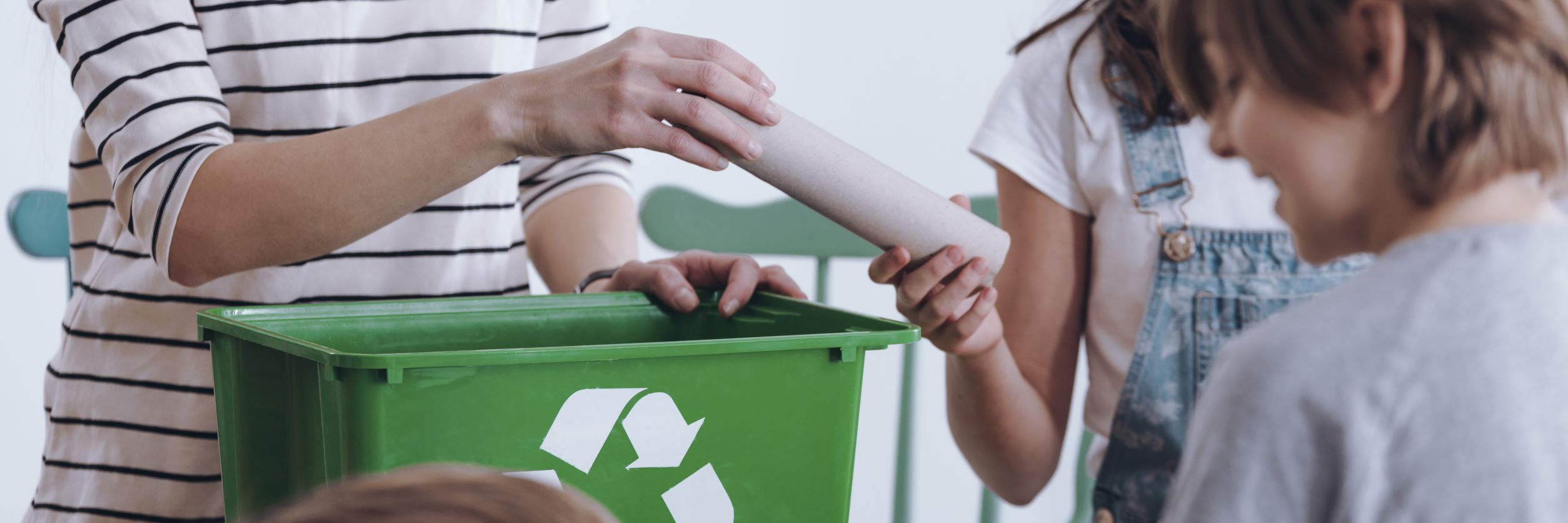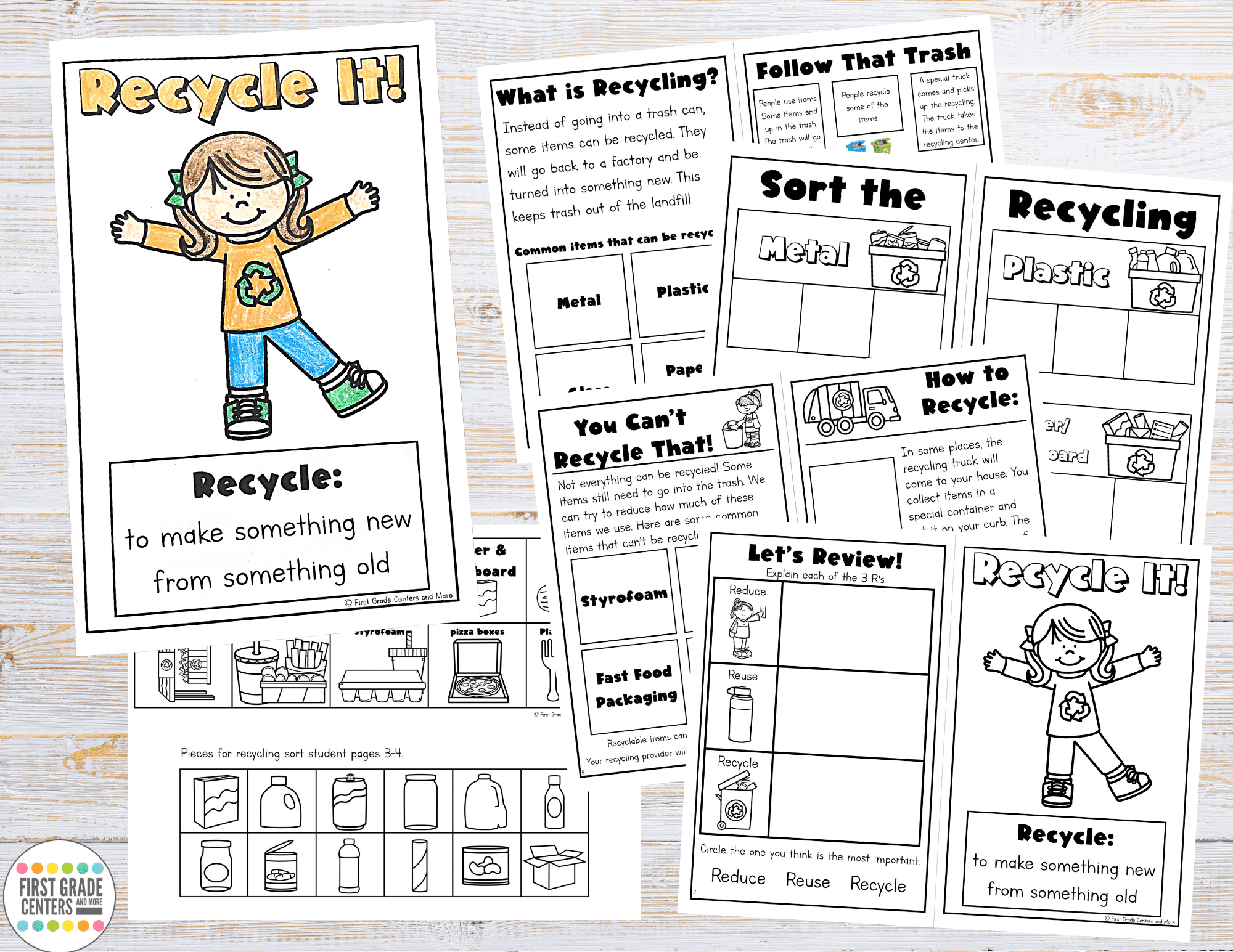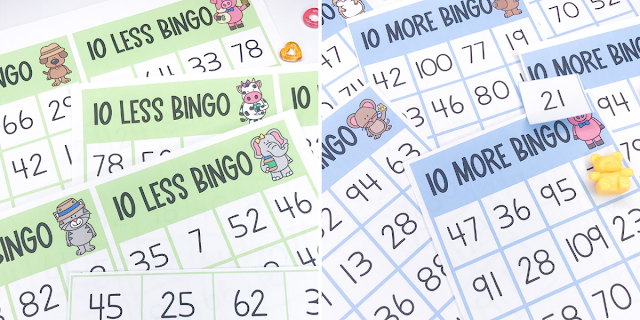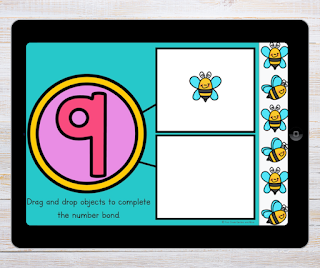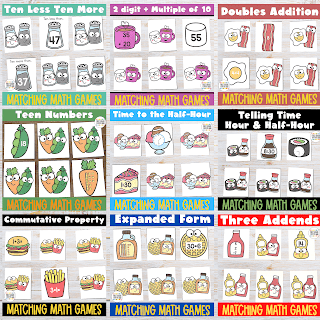Why Use Decodable Reading Passages?
We know that students need explicit instruction in the essential components of reading including phonics, phonological awareness, comprehension, fluency and vocabulary. Decodable reading passages are a great way to teach phonics, fluency, and comprehension!
Decodable passages:
- Provide systematic phonics instruction
- Are fun for students and easy to implement for teachers
- Provide quality text at a carefully controlled level
- Are a flexible learning tool that can be used in a variety of classroom settings
How to use the decodable readers:
On the front cover students are introduced to, or review, a phonics sound. They practice reading words with the pattern, picture clues are included for support. I like students to use a highlighter and highlight the target skill. The words will appear again in the reading passage.
Next, students open up the booklet. On the left column they apply their phonics skills to read words with the pattern. I like students to read the list at least three times to increase their fluency.
Now it is time to read the phonics-based reading passage! Students should be able to read the text independently. There may be a few high-frequency words that you need to introduce prior to reading. Again, I recommend having the students read the passage multiple times to work on fluency.
Students search through the passage and find all the words that fit the word pattern being taught. You can have children circle or highlight them. Then, they write them on the list at the bottom center of the page. You can see students are getting a TON of practice with the new phonics skill!!!
After reading and finding the words, it is time for students to do some reading comprehension work! At this level, students complete a cloze reading activity. Later in the year, students answer questions about the text. This is a great way to get students back into the text one more time!
The back cover of the booklet provides a great opportunity for students to apply their new learning! Students write words that contain the learned phonics pattern. Children should be able to write the words without looking back in the passage. This page is a great for you to assess your students understanding of the learned skill.
Currently, I have five sets of phonics-based reading passages: short vowels, silent e, r-controlled vowels, vowel teams, and diphthongs.
The bundle is a great deal because any new sets will also be added to it for free!

.png)






.png)



